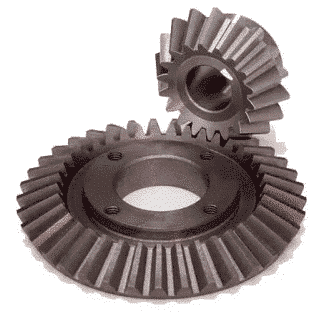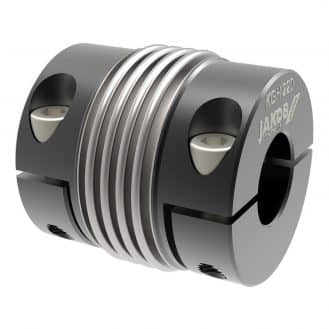Engines have different configurations.
The straight engine
Also known as an inline engine, this engine is the most commonly used, the easiest to install, and the least expensive. In this engine, the cylinders are arranged in a single row, giving it an elongated shape. The disadvantage of this configuration is that it requires more space lengthwise. Moreover, this inline configuration unbalances the motor and can lead to vibrations. However, it is possible to add a counterweight to attenuate these problems.
The flat engine
This completely flat engine features horizontal pistons. Unlike the inline engine, the cylinders of the flat engine are located on either side of the crankshaft to ensure better engine balance.
Another advantage of this flat configuration is that it takes up little space in terms of height, allowing for very low positioning of the engine on the chassis, which gives the vehicle better roadholding.
On the other hand, flat engines require maintenance and the replacement of spark plugs.
The V engine
As the name suggests, the V engine is V-shaped, with two rows of cylinders located above the crankshaft that operate alternately (in a V8, there are two rows of four cylinders).
The V engine has several advantages:
- The type of crankshaft used in this type of engine is very light, which reduces vibrations in the vehicle.
- It offers high starting torque even at low engine speeds.
However, the complex configuration of this engine makes it very expensive.
The W engine
This engine works similarly to the V engine, but its configuration is doubled, hence the W. The cylinders of the W engine are staggered. Its main advantage is that it takes up very little space.
This type of engine is used in aircraft and also in high-end model cars. Like V engines, W engines are very expensive.









